Can You Tattoo Over Scars? What You Need To Know
Transform your scars into badges of honor, self-expression, and confidence.

Image: Shutterstock
Scars from surgeries, injuries, or trauma can be a lasting reminder of painful past experiences. While many people wear them with pride, some may want to hide them. So, if you are wondering “Can you tattoo over scars?” then you have come to the right place. Tattooing over scars is a creative and empowering way of reclaiming one’s body and transforming scars into meaningful works of art. Tattoo artists skillfully navigate the scar tissue to create designs that seamlessly blend with these marks and achieve the desired aesthetic outcome. While tattooing over scars doesn’t erase the past, it provides a unique avenue for self-expression that allows individuals to turn their scars into personal symbols of beauty. Wish to learn more about this process? Read on!

In This Article
Can You Tattoo Over Scars?
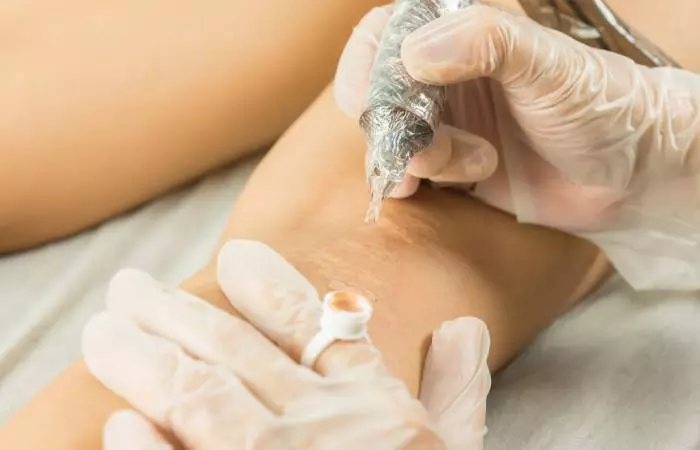
Tattooing over scarred skin is possible, but doing so can be challenging. Hence, seeking a licensed tattoo artist experienced with working with scars is important. Skilled tattoo artists can adapt their techniques to the altered texture and composition of the scar tissue. While the process does not eliminate scars, it allows individuals to transform them into works of art and expression. The success of tattooing over scars depends on the scar type, age, and skin condition.
 Quick Tip
Quick TipWhile covering up your scars with tattoos is possible, does it hurt as much as getting a tattoo over unscarred skin? Find out in the next section.
Key Takeaways
- Consider the scar’s size, age, location, and texture before getting a tattoo over a scar.
- The scar tissue’s sensitivity can make tattooing over scars more uncomfortable and may require numbing agents and a skilled tattoo artist.
- It is recommended to wait a year or two before getting a tattoo over a scar for the best results.
Does Tattooing Over A Scar Hurt?

Tattooing over scars can be more uncomfortable than tattooing on unscarred skin, as scar tissue can be more sensitive. Scars lack the same elasticity as undamaged skin, and the exposed nerve endings may contribute to increased discomfort. Also, scar tissue may not absorb ink easily, requiring multiple sessions with an experienced artist to achieve the desired result. Individual pain tolerance varies, but those getting tattoos over scars often report heightened sensitivity or absolutely no sensitivity at all. However, numbing agents and skilled tattoo artists can help you manage the discomfort.
While an individual’s pain threshold is an important factor, the type of scar also determines whether getting tattooed is possible or not. Check out the next section to know more.
Types Of Scars
Scars are the result of the skin’s healing process after an injury or surgery. Each type of scar has a distinct appearance and texture. Understanding these differences is crucial for effective scar management and potential aesthetic considerations, such as tattooing over scars.
- Keloid Scars
Keloids are thickened, raised scars that develop after a wound has healed. Tattooing over keloid scars poses unique challenges due to their distinctive characteristics, and they often extend beyond the original wound site.
It is crucial to consult an experienced tattoo artist and a healthcare professional. A careful evaluation of the keloid’s specific attributes and the individual’s skin type will help determine the feasibility and potential risks of getting a tattoo.
- Hypertrophic Scars
Hypertrophic scars are raised, red scars that remain within the boundaries of the wound site. While tattooing over your hypertrophic scars is possible, it is important to wait 1-3 years before tattooing it. Hypertrophic scars may be more responsive to tattooing when compared to keloids. However, the process demands expertise to navigate the altered texture and color of the scar tissue.
- Atrophic Scars
Atrophic scars are indented scars that develop under the new layer of skin. Tattooing over this type of scar is possible and is considered safer than any other scar type. However, its thinner and discolored skin requires one to find a tattoo design that enhances rather than masks the natural contours.
- Contracture Scars
Contracture scars develop after second or third-degree burns and result in tightening of the skin. The altered texture and the skin’s fragility may present challenges for successful tattooing. Using several colorful tattoo inks and lines can help conceal these types of scars. However, exercise caution during the process as the skin’s integrity is compromised. Therefore, consult with a healthcare professional before going for the tattooing session.
- Stretch Marks
Getting a stretch mark tattoo requires preparation and understanding. It’s crucial to be fully informed about the process, potential risks, and what to expect. This knowledge will give you the confidence to make decisions about your body.
Note: It’s important to know what to expect when tattooing over scars. While tattoos can help cover scars, they may not fully hide them, as the final result depends on the scar’s type and the artist’s skill. Having realistic expectations can make you happier with the final look.
Do keep the sensitivity of the stretch-marked skin in mind before getting a tattoo. Tattooing over a healed stretch mark will not hurt much, but getting over a new one might hurt and itch more. Hence, consult a medical professional and a licensed tattoo artist with experience tattooing over scarred tissue.
The type of scar will determine how long one should wait before tattooing over their scar. Scroll down to the next section to know more.
How Long Should I Wait To Tattoo Over A Scar?

Avoid getting a tattoo over fresh scars and wait until they are fully healed. While it takes at least a year for some scars to heal properly, others may need 3-5 years. Waiting allows the scar tissue to mature and settle, reducing the risk of complications during the tattooing process. Consult a skilled tattoo artist and your healthcare provider to assess the scar’s condition before getting a tattoo.
The following factors influence the amount of time one must wait before tattooing over their scar:
- Scar Size And Depth: Larger or deeper scars may take longer to heal and stabilize. The extent of tissue damage also influences the healing process.
- Scar Location: The scar’s location on your body can affect healing. Areas with more movement or tension may require additional time for the scar to settle.
- Individual Factors: An individual’s overall health, immune function, and genetics can impact the rate and quality of scar healing.
 Pro Tip
Pro TipIt is best to seek a professional medical opinion before going under the needle to conceal your scar with tattoo art.
Tattooing over your scars is a personal and meaningful decision. It requires careful consideration, patience, and collaboration with skilled professionals who understand the intricacies of scar tissue. The transformation of scars into works of art symbolizes resilience and self-expression, allowing you to reclaim ownership of your body. As you navigate this process, remember that the scar type, depth, and location will determine the healing process before you get inked. So, go ahead and embark on a path that transforms your scars and empowers you to express your identity confidently.
Frequently Asked Questions
Can you tattoo over self-harm scars?
Yes, tattooing over self-harm scars is possible. Going for bold designs rather than minimalistic ones will help conceal your scars and offer a creative avenue for personal expression and transformation.
What types of tattoo styles work best for covering scars?
Almost any tattoo style can help cover up a scar, including floral designs, abstract shapes, realism tattoos, geometric patterns, and watercolor tattoos. Realism tattoos, in particular, are a great option as they can camouflage the scar better than most one-dimensional designs, blending seamlessly with your skin for a visually appealing result.
Are there specific aftercare instructions for tattoos over scars?
Just ensure that you follow the aftercare instructions given by your artist diligently. If you notice any discomfort, irritation, or other issues, let them know or even consult a doctor if required.
Can scar tissue affect the vibrancy or clarity of the tattoo design?
Yes, the altered texture and composition of the scar tissue may affect ink absorption, potentially leading to variations in color and sharpness. You may be required to get several touch-ups over the weeks to help maintain the tattoo’s vibrance and clarity.
Illustration: Can You Tattoo Over Scars? What You Need To Know

Image: Stable Diffusion/StyleCraze Design Team
Getting a tattoo over your scar is a big decision and requires careful consideration. Check out this video to learn more about the procedure and how it may affect your scar.
Personal Experience: Source
StyleCraze's articles are interwoven with authentic personal narratives that provide depth and resonance to our content. Below are the sources of the personal accounts referenced in this article.
(i). I got a tattoo to cover my stretch marks, now I’m getting laser tattoo removal !https://www.youtube.com/watch?v=zkkGOhvxbeU
Read full bio of Scott Terry
Read full bio of Shreya Mukherjee
Read full bio of Eshna Das
Read full bio of Gazala Firdos Ansari







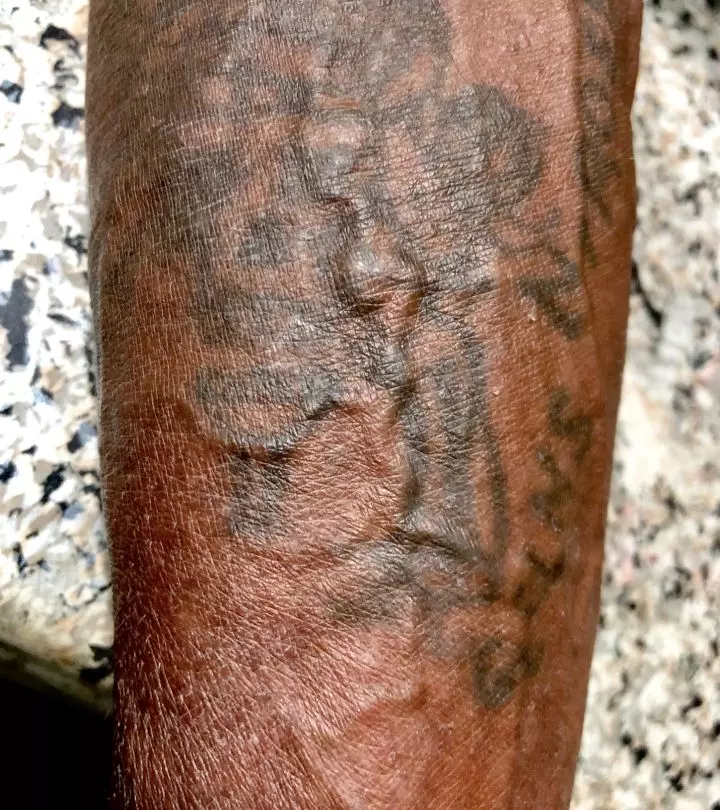


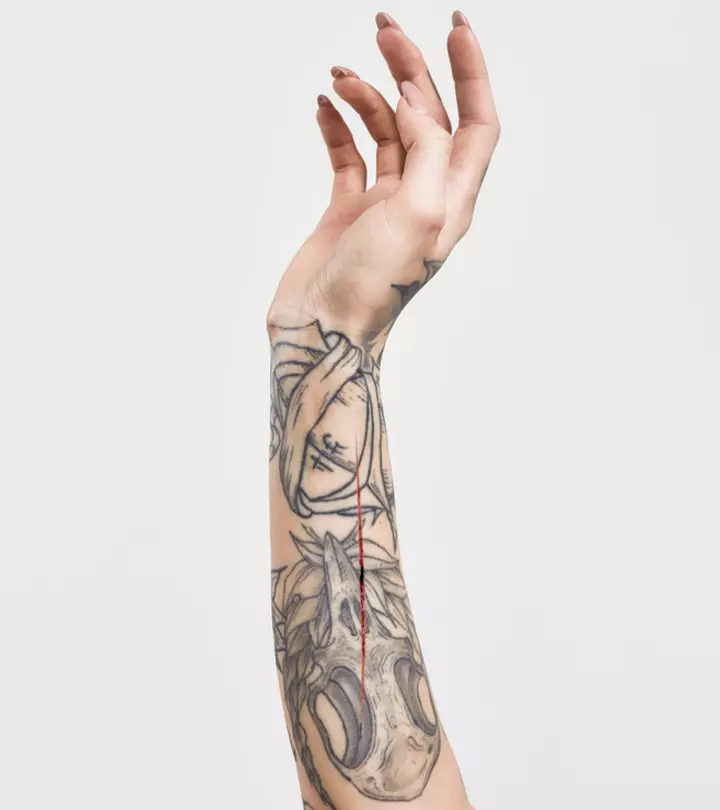





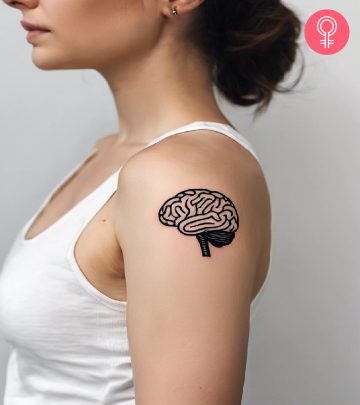
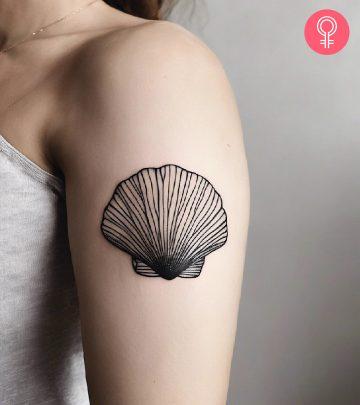
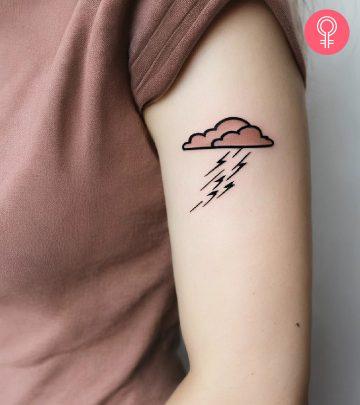

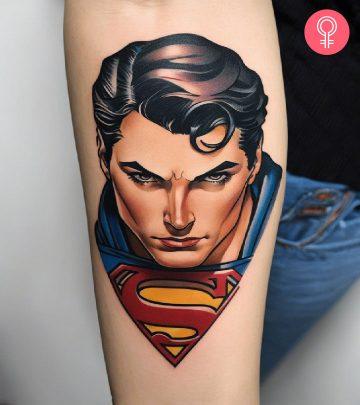


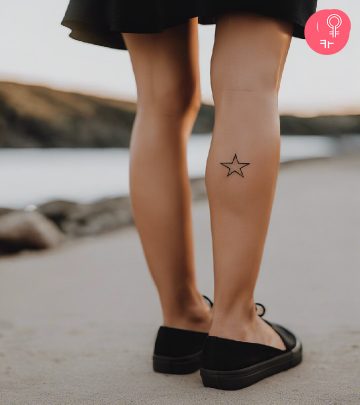
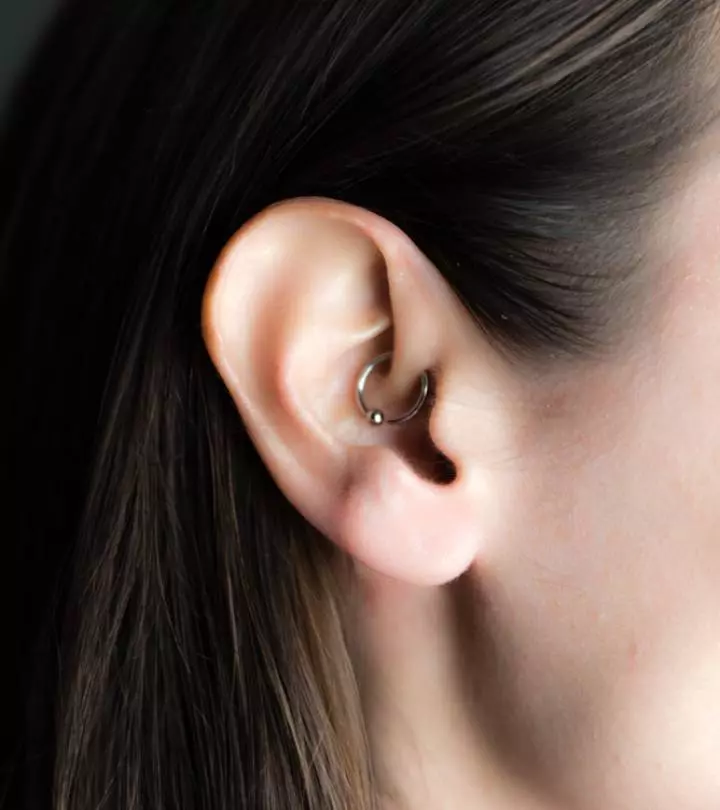
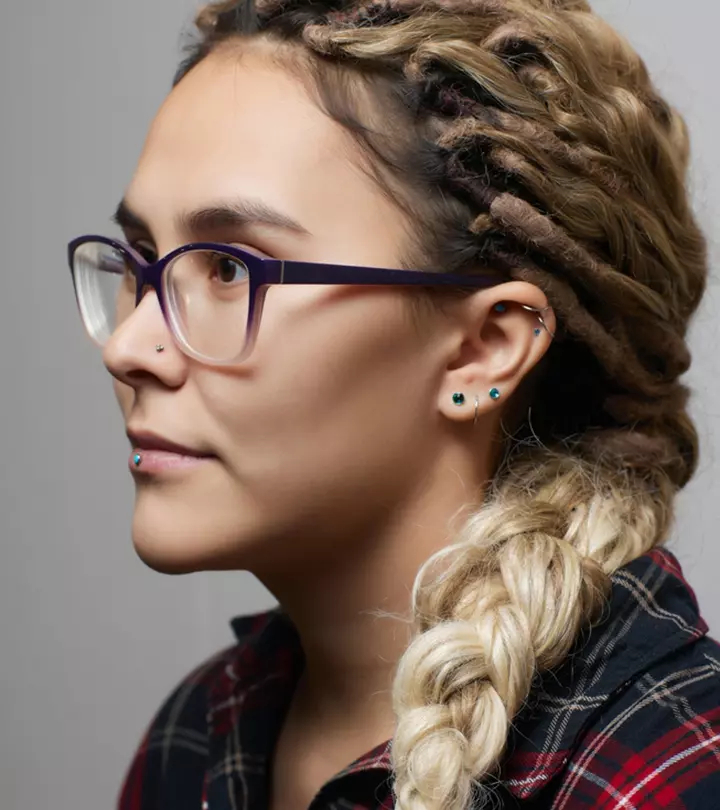

Community Experiences
Join the conversation and become a part of our empowering community! Share your stories, experiences, and insights to connect with other beauty, lifestyle, and health enthusiasts.